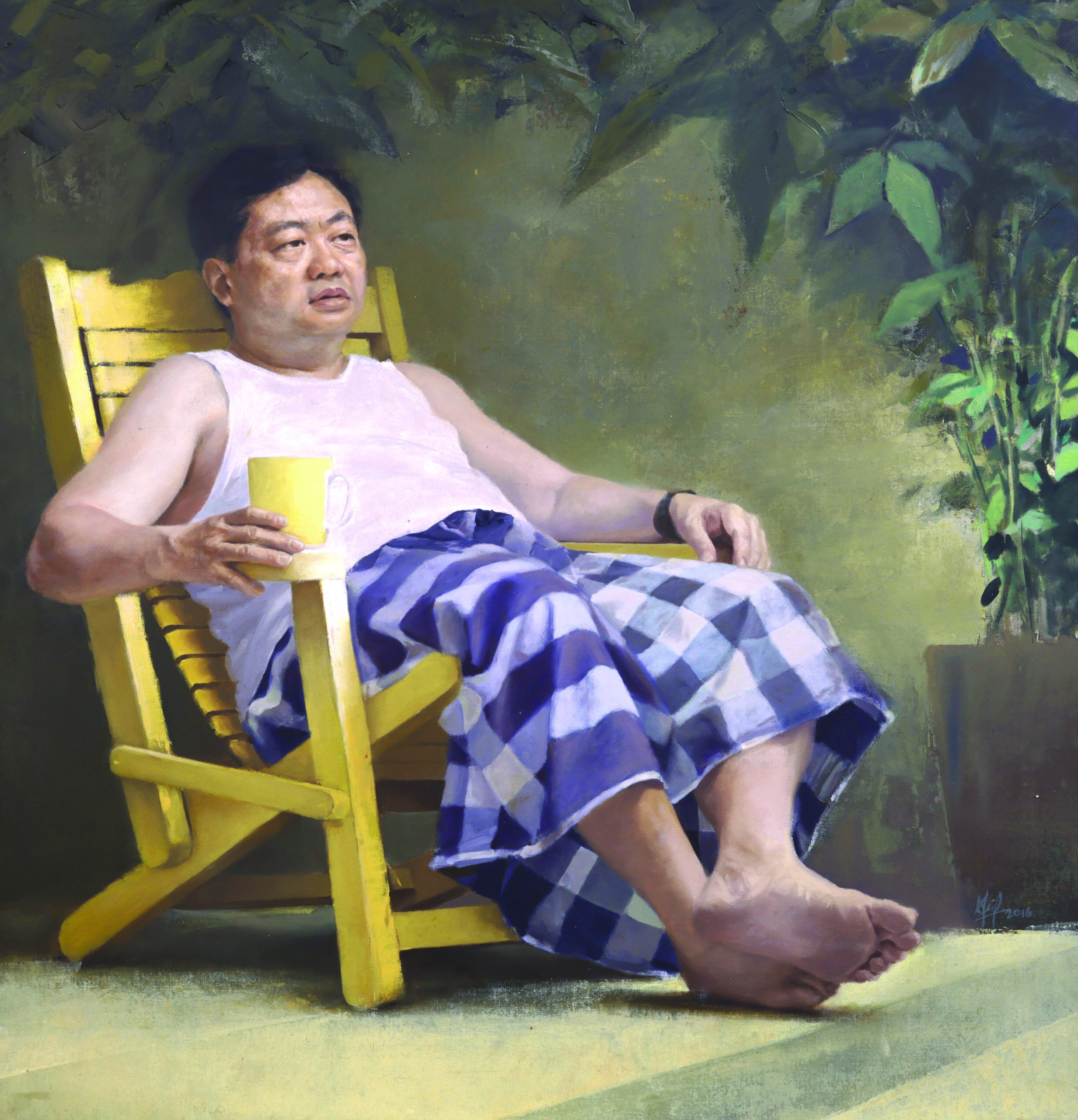The Kingdom of Sarawak was established from a series of land concessions by the Brooke family famously known as the White Rajahs.
In fact, it was even recognised as an independent state by the United States in 1850 and the United Kingdom in 1864.
The founder James Brooke and his successors Charles as well as Vyner built forts every time they acquired a territory from the Sultanate of Brunei.
As a result, forts mostly made of belian or ironwood can be found in almost every town in Sarawak.
Some of the forts in Sarawak were well-kept and turned into museums.
Another handful were abandoned, losing all trace of their former glory.
The rest were either destroyed, burnt down or bombed, leaving no physical evidence of their very existence.
Nonetheless, here is a brief guide on forts in Sarawak built during the reign of the White Rajahs:
1. Fort Emma in Kanowit (1859)
When it was first built in 1859, they only used timber and bamboo. It was named in honour of Emma Brooke, Charles’ sister.
2. Fort Brooke in Sibu (1862)
There was a fort built by the Brookes in 1862, believed to be located at present day Channel Road. However, the building was demolished in 1936.
3. Fort Alice in Sri Aman (1864)
Here is another fort named after the first Ranee whose full name was Margaret Alice Lili de Windt. The fort was built in 1864 with belian wood.
The oldest heritage building in Sri Aman, now it is also known as Heritage Sri Aman Museum.
4. Fort Keppel in Bintulu (1868)
The White Rajah started to build this wooden fort in Bintulu in 1862. They named it after Sir Henry Keppel who was a close friend of James and Charles.
Keppel was responsible for ending Dayak piracy in the Saribas between 1840 and 1850. The building was made of belian wood and had a cement floor.
Unfortunately, it was completely destroyed when it was hit by a bomb in 1942 during the Japanese occupation.
5. Fort Charles in Kabong (1878)
Fort Charles was first built by a Brooke officer named Maxwell in 1878.
Like most of the forts in Sarawak, it was used as an administration office and also to collect taxes.
In 1893, the fort collapsed due to soil erosion and was rebuilt further inland in 1895.
6. Fort Margherita in Kuching (1879)
Back in the olden days, a cannon shot was fired from this fort every evening to mark the end of the government work day.
Now, Fort Margherita plays home to the Brooke Gallery displaying historical documents and artifacts. The fort was named in honour of Charles’s wife Ranee Margaret.

7. Fort Sylvia in Kapit (1880)
This historical fort was built in 1880 and named after Ranee Sylvia, Vyner’s wife.
From May 1997 till now, the Sarawak state government authorised the Tun Jugah Foundation to set up a museum in this building.

8. Fort Vyner in Belaga (1884)
It was named after the third White Rajah Charles Vyner Brooke.
The fort was officially declared complete on Jan 13, 1884. Belaga’s oldest government building was burnt to ashes in May 2015.
9. Fort Lily in Betong (1885)
Fort Lily was built in 1885 right after the Saribas area was ceded to the Brookes.
It played a significant role as defence centre during the war against Iban warrior Rentap.
As of 2017, the fort has been locked up from public access and its grounds appear untended.


10.Fort Florence in Trusan (1887)
On Jan 3, 1885, Trusan river and its area were ceded to Kingdom of Sarawak. A fort was quickly built in 1887.
According to reports, it was named Fort Florence after Mrs Maxwell, whose husband was one of Brooke’s officers then.
11. Fort Ranee in Saratok (1888)
Ten years after Fort Charles in Kabong was built, Fort Ranee was built in Saratok on top of Satagok hill.
Initially, it was built as an temporary building with attap roofing and timber. During its glory days, it was used as a district office.
12. Fort Limbang (1897)
This two-storey fort was built in 1897. The first storey was made of belian timber while the ground floor was concrete. Sadly in 1989, the original building was burnt to the ground.
But it was then rebuilt on the original site with the exact design. It was turned into Limbang Regional Museum on Aug 27, 1994.
13.Fort Hose in Marudi (1901)
The construction on this fort began in 1889 and were completed in 1901. It was named after Charles Hose, the then resident of the Fourth Division.
Currently, it is also known as Baram Regional Museum.

14. Fort Burdett in Mukah (1911)
Fort Burdett was named after 19th century philanthropist Angela Burdett-Coutts. She was a good friend of the first Rajah.
During WWII, the original building was burnt to the ground.
15. Fort Arundell in Lubok Antu (1912)
Fort Arundell was constructed in 1912. It was named after the then resident of Simanggang division, Gilbert Roger Harris Arundell.
Unfortunately, he was killed in 1942 when the Japanese attacked Sarawak during WWII.
16. Fort Leonora in Engkilili (1924)
This fort was built in 1924.
Unlike the rest of forts in Sarawak, this fort was not built to defend the kingdom from any attack.
It was built purposefully as an administration centre in Engkilili. The fort was named after Vyner’s eldest daughter Dayang Leonara Margaret.
The original building was taken down to build the current district office.
17. Fort Long Akah (1929) and Fort Lio Mato in Baram
Fort Long Akah is located about 10-minute boat ride from Long San. The two-storey building was built as an administrative centre in 1929 using belian wood.
During WWII, it acted as a temporary headquarters for the British and Australian forces.
As of 2016, the building was reportedly still in a depleted state and overrun by jungle.
Apart from fort Long Akah, fort Lio Mato is another fort located along the Baram river.
Also neglected, this fort is located only 50km from the border with Kalimantan.
Historically, it was used during Sarawak-Indonesia confrontation in the 1960s.
18. Fort Brooke in Nanga Meluan, Julau (1935)
Asun Paing was a former penghulu born in the late 19th century in Julau. He led a rebellion against the Brooke government over taxation.
To halt his revolt, the Brooke built a fort in Julau in 1935.
Over the years, it was used as a district council office and police station.
After years of neglect, it was repaired under a project funded by the Ministry of Tourism in 2012.
Do you know any forts in Sarawak which are not listed here?
Let us know in the comment box.












































